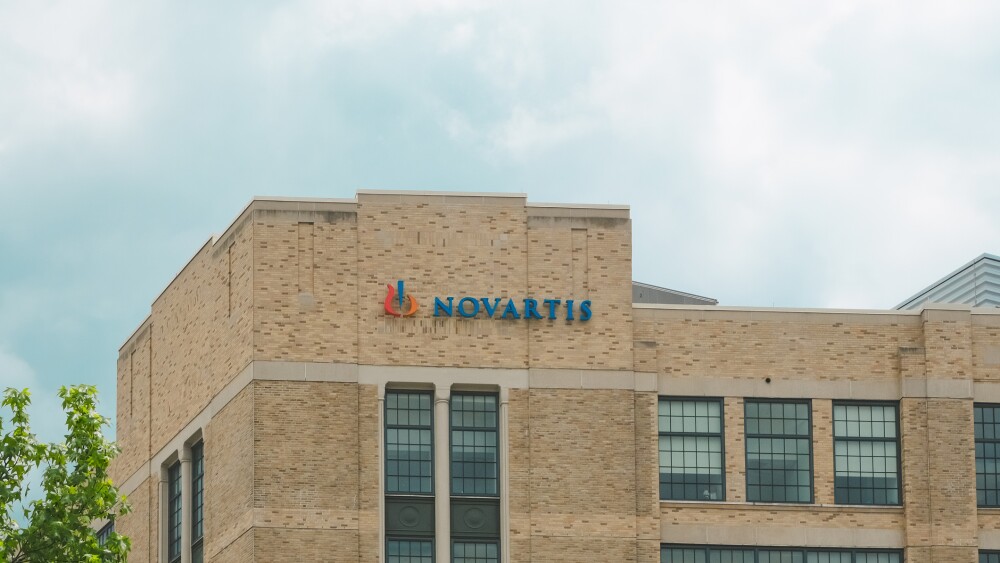April 5, 2016
By Mark Terry, BioSpace.com Breaking News Staff
After the U.S. Treasury Department brought out a tough new round of tax regulations to curb so-called tax inversion deals, some analysts believe they will effectively kill the pending Pfizer-Allergan merger. Although it’s unlikely that Pfizer and Allergan will abandon the $160 billion deal without a fight, consider the possibilities should the two companies give up or lose the fight.
If left to its own current status, Allergan, under the leadership of Brent Saunders, would likely go shopping, especially considering that it’ll have plenty of cash if the sales of its generics business go forward to Israel-based Teva worth $40 billion. There would also be a portion of a $400 million breakup fee, which has the potential to go as high as $3.5 billion, depending how the deal fell apart.
Adam Feuerstein, writing for The Street, offers up some potential deals Saunders might consider, including the revenge-is-sweet acquisition of Canadian firm Valeant Pharmaceuticals International . Valeant and Bill Ackman’s New York hedge fund, Pershing Square Capital Management, were all tangled up in a late 2014 and 2015 acquisition bid that put the “hostile” in hostile takeover. The acrimonious shot at acquiring Allergan resulted in various lawsuits and countersuits, as well as a U.S. Securities and Exchange Commission (SEC) investigation of Valeant and Pershing Square for insider trading.
Still, Valeant is struggling and Ackman and company leadership have indicated that Valeant’s Bausch & Lomb unit might be up for sale.
Feuerstein wrote, “Given Valeant’s myriad accounting issues and mountain of debt at risk of default, Saunders could—and should—probably wait to pick up Valeant’s best assets in a fire sale or bankruptcy.”
On the other hand, if in our hypothetical world, Saunders was ambitious, he might consider Cambridge, Mass.-based Biogen or North Chicago, Ill.-based AbbVie . Feuerstein also tosses out Celgene , Bristol-Myers Squibb or AstraZeneca . “Sure, all of these deals would be expensive,” he writes, “but then transformational acquisitions don’t come cheap.”
Other potential targets in the dermatology arena might include Revance Therapeutics , Anacor Pharma or Dermira. If Saunders and Allergan should have money to burn and an interest in smaller specialty companies, potential targets could be Jazz Pharma , DepoMed , Endo International and Amag Pharma .
He also points out that if the deal fell through, Pfizer might be bidding for the same companies, which would be fairly entertaining for analysts and business journalists, at the very least.
Otherwise, a number of investors have pushed for Pfizer to split into at least two companies—part of the Pfizer-Allergan plan anyway. Although the timeline for it has been a bit fuzzy, there were indications that after the merger, the newly merged companies would split into two, one to focus on research and development and new drugs, and one to focus on the older, mature brands.
The new Treasury department rules have gummed up the gears of the merger, no doubt about it, but that doesn’t mean the deal is dead. But it certainly makes it tougher and removes some of the incentives. It’ll be interesting to watch how it shakes out.
Matthew Herper, writing for Forbes, said, “The Treasury is right to attack the strategy of daisy-chaining companies together to get better tax rates. We’ve seen, lately, what happened to the pioneer of this strategy: Valeant Pharmaceuticals, the disgraced, price-gouging former Wall Street darling.”





